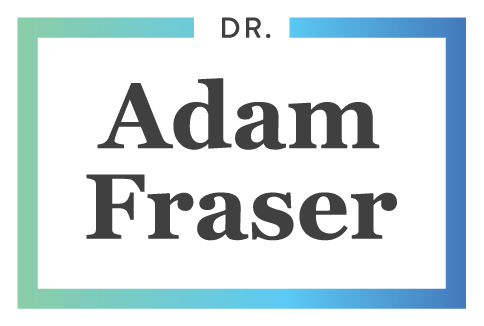Leadership development
Over the last year I have been running a leadership development program with a large government department. It was a challenging job as the department was going through a tremendous amount of change and had not done a lot of leadership development as they prided themselves on their technical expertise not their ability to lead people (most leaders had backgrounds in engineering and project management). However the program has been widely successful and in some divisions we have seen leadership ratings increase by 26 percent (this change was measured by internal engagement surveys).
Let me share with you why this program has been so successful. It’s design is based on some research we have been doing over the last 3 years into what is required for leaders to change behaviour. The research consisted of a series of interviews and diary recordings with leaders who were going through a leadership program that we are running across various organisations. These programs were all focusing on leaders adopting different behaviours that are aligned to the new strategy of the organisation. In some cases it required leaders to exhibit behaviours that were significantly different from their normal leadership style.
Our research showed that for a leader to successfully change behaviour they will go through the following phases:
Agreement
The first step is their acceptance that the organisation must evolve and change to stay competitive and relevant. In addition they must also agree that the new leadership behaviours are the right ones to be adopted. Finally they need to feel that the organisation is serious about the new change, that this is not just a fad, it is something the organisation will back and drive 100 percent.
Humility
The second phase was acknowledging that there is a gap between their current behaviour and how they need to act as a leader to move the organisation forward. This is a very difficult step for most leaders due to three reasons:
1 - People don’t like to admit that they have work on themselves.
2 - They fear persecution if they admit to a capability gap.
3 - We prefer to judge and criticise other peoples behaviour not our own.
Belief
Believe they are capable of making the change, it is within their capability. This phase was highly aligned to Carol Dweck’s research on Growth Mindset. They must believe that they can evolve and change. If a person does not believe they can grow and evolve they will cease putting effort into that change.
Clarity
They have clarity around how they need to behave moving forward. This is critical, as any confusion about what new behaviours they need to exhibit will lead to a halt in behaviour change. Too often in organisations we set vague outcomes as goals. For example we set goals like “I need to engage my team more”, “I need to communicate better”. However these are not clear behaviours. A persons chance of changing behaviour is dramatically increased when they set very clear behaviours. Such as “I will have a one on one with each of my team each month, every Monday morning we have a 15 minute stand up meeting where we do quick wins from the previous week and outline our tasks to complete for the upcoming week .....”. Clarity is critical.
Safety
The change must not threaten or be misaligned to their identity. Eg. If they are a group that prides themselves on their technical skill, the new leadership style can’t make them feel that the quality of their work will be diminished.
Also, they must feel they will not get in trouble for, be made fun of, or be threatened when exhibiting these new behaviours. They need to feel safe and supported by the people around them.
Accountability
Acknowledge they will be held accountable for making these new behaviours a part of their leadership style. That this is not an opt in situation and something they will engage in if they feel like it. Rather this is the new norm and as a leader they are required to align their behaviour to this new direction.
Reality
Accept that the change will be uncomfortable and they will make mistakes. They are prepared for the fact that it will not be plain sailing and they will be challenged.
Persistence
Having the resilience to keep going despite setbacks. The key driver of persistence is people seeing they are progressing and achieving, as well as feeling that the final result is worth the time and effort they are putting in and the discomfort they are feeling.
The Challenge moving forward.
Following this research we interviewed a number of internal L&D and HR people and found that too many leadership programs were purely judged on their content. There were no or very few behaviour change strategies attached to them to help drive the change. Their focus was if we present them some good content they will take it up. However as you can see from our research that simply does not happen. Human beings are complicated creatures living in complex and busy environments and need well thought through strategies to help facilitate any change in behaviour.
Have a look at your leadership training programs and does it have a holistic approach to behaviour change or are you simply bombarding them with content?
